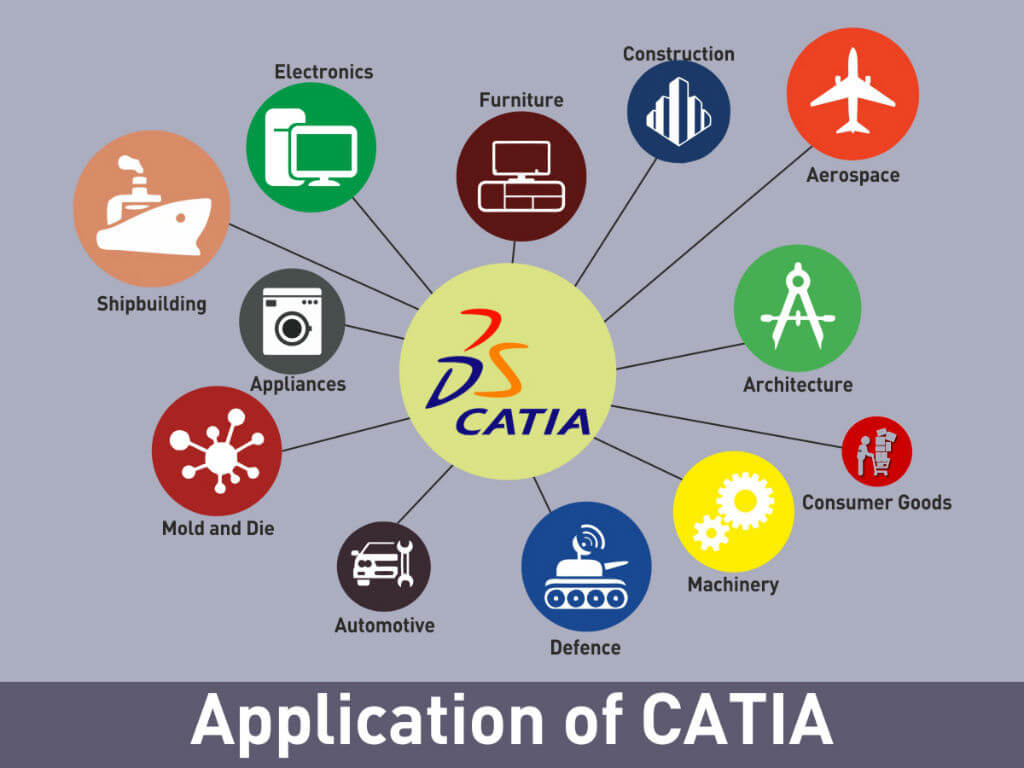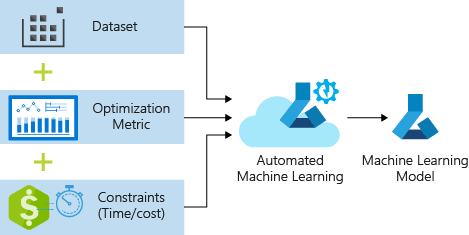Are you an engineer who is fascinated by the world of product design and development? If yes, then surely you must have heard about CATIA!
A multinational company in France named Dassault Systemes once created a product design software named CATIA, to transform the engineering space. This globally renowned software enables engineers to bring their vision to reality through a 3D product design.
Even after 30 years of its launch, the product is being greatly used by industries to improve their designing aspects, analyse the product mechanics, and manage new products.
Therefore, if you’re thinking about moving into the product design and development space, then mastering CATIA should definitely be on your to-do list.
Let’s get into the detailing of what CATIA is, how it helps with product design and development, and why you must join a CATIA course today!
What is CATIA?
Before we get to the literal meaning of CATIA, you need to understand three more terms –
- CAD (Computer-Aided Design)
- CAM (Computer-Aided Manufacturing)
- CAE (Computer-Aided Engineering)
The former term, CAD, refers to the use of a computer software for product or object designing. Whereas, CAM uses the computer hardware and software to plan, organize, and control the functionalities or operations of a manufacturing unit.
CAE can be defined as the use of a computer software to crack engineering problems and review the products that are created using CAD.
CATIA is nothing but an acronym of the term – Computer-Aided Three-Dimensional Interactive Application.
From aerospace to automobiles to manufacturing plants, every leading industry is making use of this leading 3D software. This encompassing 3D software suite was developed by Dassault Systèmes.
It is a multi-platform that is a culmination of all the three above-stated technologies – CAD, CAM, and CAE. CATIA unites 2D tools and 3D parametric features to address every step of the design-to-manufacturing process. The model creates assemblies, solid models, and also generates several 2D drawing views such as – auxiliary, section, orthographic, isometric, or detailed.
The reason behind the increased adoption of CATIA is its bi-directional associative property. This property ensures that whatever modifications a designer makes in the model, they’ll be shown in the drawing views as well.
When was CATIA launched?
CATIA was first released by its maker Dassault in 1977 and has been in the market for almost 30 years.
A convincing argument to enrol in a CATIA course is the fact that the software is still relevant in the IT world even after 30 years of its launch.
The most popular version of this software was introduced in 1998 as the CATIA V5. The latest development in the product under the name CATIA V6 will be launched soon by the developers.
One thing that is important to note here is that every version of CATIA comes with added functionality.
An excellent example of this is the CATIA V4 which was launched in 1992 and offered significant Assembly Modeling Product enhancements such as a graphical-tree based management system. The V5 and V6 versions of the software followed suit with enhancements in the data handling arena.
A great thing about Dassault is that they keep introducing significant changes when it comes to upgrading their CATIA versions. The software is written in the C++ language. Therefore, if you have prior knowledge of the C++ programming language, then it will be easier for you to master a CATIA online course.
How does CATIA Help in Product Designing?
CATIA helps software designers bring their vision to life by introducing the ability to visualise their designs in 3D. When it was first launched back in 1997, this ability of CATIA was thought to be quite unique. Currently, it is the only tool in the market that can help at every stage of product development.
The scalable architecture of this tool allows enterprises to expand their business across various domains. From mechanical designing to system engineering to machine analyzing and stimulation, CATIA can do it all. When you enroll in a CATIA online course, you’ll be exposed to every step of product designing in detail.
Here’s how CATIA is shaping the product design and development area in several industries worldwide:
- Part Designing: This module of CATIA focuses on designing 3D mechanical parts of a product through an intuitive user interface. All you’ll need to do is sketch a context to generate a detailed design.
- Shape Designing: With the help of the surface and wireframe features of CATIA, you can create different kinds of shapes and figures. It offers a comprehensive set of tools that make it possible to create and edit any type of shapes.
- Assembly: Here every part that you’ve designed earlier is assembled together to form an entire component or a machine.
- Kinematic Stimulation: In this section, the different machine components are connected to each other using joints which are called a mechanism. These joints determine how the mechanical assembly shall perform motion. It is a kinematic stimulation of how the designed machinery would perform in the outside world.
Some of the other features of CATIA include – Equipment and System, Machining, Ergonomic Design analysis and much more. Every workbench of CATIA works in a unique manner and is important in itself.
Why Join a CATIA Course?
If you’re an IT professional with a curved learning mind and are intrigued by the concepts of product drawings, then joining a CATIA course can be highly beneficial for you. Fresh graduates and seasoned engineers who want to venture in the fields of Design and Systems Engineering must try their hands at an online course for CATIA.
Under such a course, you will be able to learn – the functionalities of the CATIA environment, how to start a new file, draw sketches, get a deeper understanding of geometric and dimensional constraints, learn about Modeling features and reference elements, and much more.
Final Thoughts
CATIA encourages engineers to design products as per their visualisations and enhances user experience through different product design workbenches.
If you too want to explore the world of product design as an engineer, then join a CATIA online course near you today!
by Rajat Patel
























